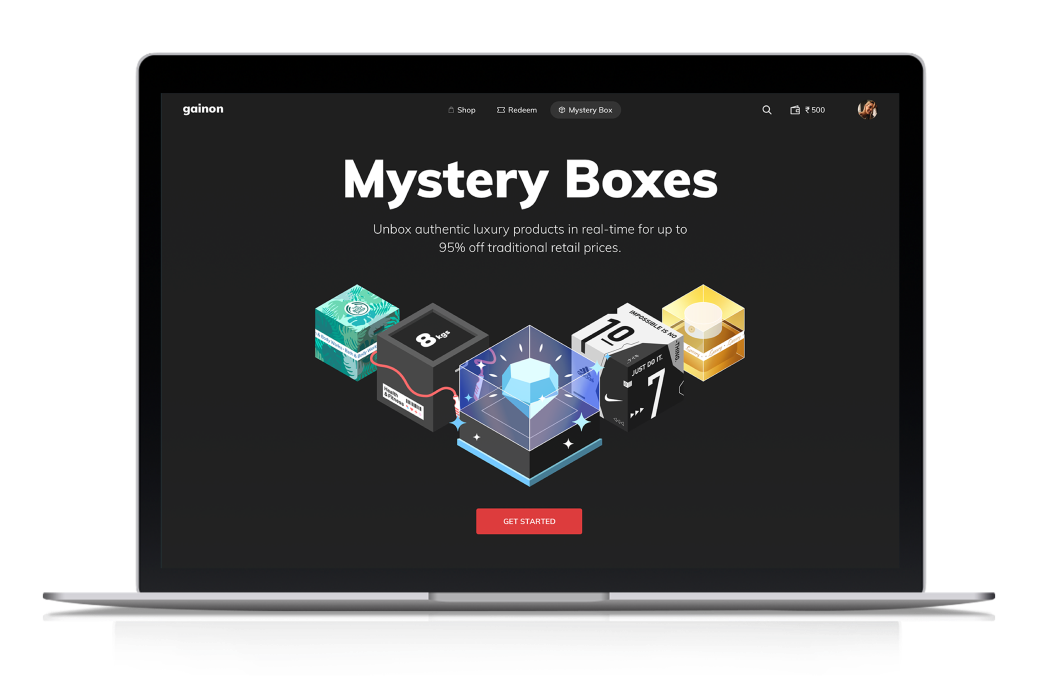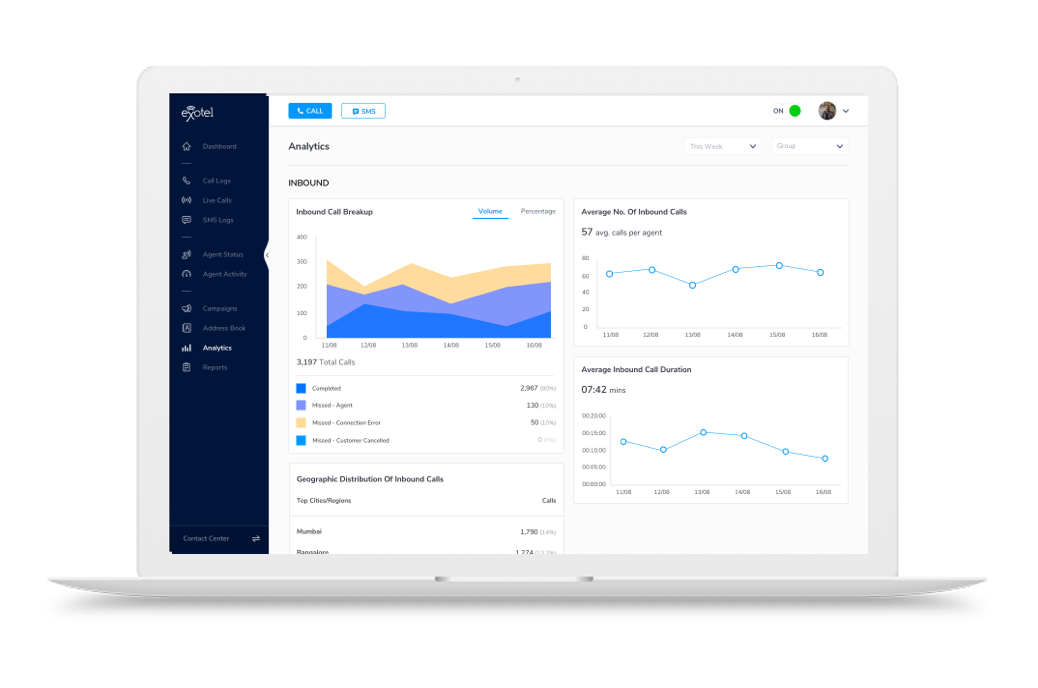Insights into Action: Research-Based Solution for Teacher Self-Learning


Brief
Quest Alliance is a non-profit organisation dedicated to equipping youth and educators with 21st-century skills through self-learning. They collaborate with over 3,350 educational institutes nationwide to build educator capacity to create classrooms that cultivate empowered learners. To enhance this mission, Quest Alliance focuses on empowering educators and improving their ability to implement learner-centric teaching practices. Our objective was to develop a scalable, self-sustaining tool that motivates and supports educators in reflecting, learning, and fostering self-learning environments for their students.
We conducted in-depth qualitative research to understand the context and needs of educators that informed the product strategy recommendations to be taken forward to tackle this complex challenge.
User Research
Product Strategy
Education
https://www.questalliance.net/
The Challenge
How might we motivate and support educators to reflect, learn and cultivate self-learning environments for their students?
Our challenge was to identify common patterns and differences among educators in schools and youth ecosystems nationwide. We understood the varied factors affecting their motivations and support needs. This understanding was crucial for creating a solution that impacts the largest segment of educators and enables change to cascade through their networks.

Key Considerations
Working within the complex ecosystems of government schools and youth educational environments presented diverse contexts of use and limitations. We approached these by building empathy and understanding to ensure our solutions were tailored to meet the unique needs of the setting.
Process Overview
Over four months, we engaged in a research-intensive process. Conversations with the Quest Team provided insights into the educator’s context, informing our qualitative field research plan. We combined field insights with existing data to develop effective solutions. Ongoing collaboration and a co-creation workshop ensured alignment between the Quest Alliance and NOCT teams and enabled the creation of an optimal solution, grounded in empirical research and enhanced by design thinking methodologies.

Understanding complexities of the Education System
Knowledge gathering and on-field research
To gain in depth understanding of the educators' mindset, needs, and pain points, we:
Learned about past research, current program interventions, and the educational contexts and ecosystems through comprehensive conversations with the clients.
Conducted 35 online & in person qualitative interviews across 5 states with teachers and Quest stakeholders.



Benchmarking to understand existing user mental models
We studied direct and indirect competitors, as well as cross-category apps, to understand usage patterns and mental models to leverage. Our focus was on the design of habit-formation features, nudges, choice architecture, and community sections, and the user response to various formats of these elements.

Making sense of all the data
To synthesise the raw attitudinal and behavioural data, we conducted multiple rounds of collaborative affinity mapping exercises. We coded, grouped, and analysed notes & first-hand quotes from the field. These were combined with past information and empirical research to explain the 'why' behind observed behaviours. These nuanced insights were then taken forward into the solutioning exercises.
What we found
Motivations, needs, and pain points affecting teaching-learning practices in the classroom
Our primary goal was to develop deep empathy for educators' perspectives and perceptions to create a tool that truly serves their needs. We consciously avoided viewing educators through a deficit mindset, operating on the assumption that they would respond positively when provided with the right tools and support.
The aim is always that learners come here to learn something, so it is our duty to give them a proper education. We try our best, but sometimes, when students don’t put in effort, it is demotivating for us.
VTI Educator, Rajkot
Interactions and influence of educators with peers, the school and government systems, and Quest programs
We explored the impact of the systems and stakeholders that educators interact with on their mindsets and motivations through conversations with the on-field Quest team, institute management, and the educators.
I would love to share what I have learned in the Quest Program with other teachers because I think it is very useful, but most senior teachers aren’t interested in listening to me because I’m junior to them. They would rather ask other senior teachers or the trainers if they need any help.
ITI Educator, Karnataka
The Educator’s current digital tool usage, mental models, and limitations
We understood the current digital landscape that the educators are operating in. Our goal was to gauge the impact of the device, knowledge, and infrastructural availability on the educator’s tech usage in different contexts and design for a solution that addresses the needs of the largest segment of the audience.
I am connected to some of the teachers in my district on Whatsapp and social media. We get inspired by how other people are teaching the subjects when they share ideas.
School Educator, Jharkhand
Identifying impactful and underserved opportunity areas
We identified the key areas of intervention based on highest need, potential for adoption, and impact based on our findings from the research.

Co-creating the solution with cross-disciplinary teams
Building on our research findings, we collaborated with the Quest Alliance team, leveraging their expertise and deep understanding of the education ecosystem to co-create a solution that addresses the identified needs of educators while considering program limitations and expectations. We also validated the concepts with end users to ensure their needs were understood and met.

Workshopping solutions with the Quest Alliance team
During a day-long session with Quest Alliance’s leadership and product teams, we presented our findings and used their insights to creatively workshop concepts targeting the key opportunity areas. The workshop included multiple rounds of ideation in cross-vertical teams, ensuring a diverse range of perspectives. The takeaway from this session was a set of research-backed concepts, refined with Quest Alliance’s expertise, to be developed into the final solution.

Refinement and prioritisation of final concepts
The workshop and subsequent internal refinements resulted in three distinct concepts addressing various aspects of the opportunity areas. These concepts were discussed and prioritised with the Quest team, evaluated based on their perceived impact, the team's confidence in them, and ease of implementation. This process helped identify gaps and potential blockers in implementing the solutions.

Validating the concepts with the end-users to gauge understanding and preferences
On-field concept validation with end-users helped identify which aspects resonated with them, potential blockers, and feature preferences among the three final concepts. Key learnings included preferred methods for peer interaction, perceptions of self-evaluation and reflection, language limitations, and favoured recognition mechanisms.

The solution: A digital tool to enable reflection-based self-learning
The final solution developed into a set of enhancements to Quest Alliance's existing application, designed to sustain a continuous cycle of learning and implementation for educators. This solution makes the impact of these practices on students visible through reflection. Key features include goal-setting, progress tracking, and the development of personalised learning paths to maintain educator agency and create accountability for ongoing engagement.

Baseline test and periodic self evaluations
These are offered to Teachers at a set interval, allowing them to reflect on their practises and identify areas of improvement. The results allow teachers to comprehend where they stand in their learning journey, encouraging them towards improvement.

Personalised recommendations and learning goals
To guide Teachers towards making improvement, the app provides personalised recommendations that are relevant and actionable. These are informed by the data collected over a period of time around their access to technology, infrastructure and existing learning environment.
Teachers can choose a ‘Goal’ to work on, informed by evaluation tests or based on their personal goals. Each Goal is tied to a learning path, and users are encouraged to make progress to attain ‘mastery’ over time around the selected Goal. Milestone-based digital badges and a progress tracker are visual artefacts used to motivate and celebrate achievements.

Community of Peers
This is a public and social space among peers, for teachers to share and document their individual efforts while working towards their selected Goal. The community of peers offers teachers accountability, support and peer-recognition.

Outcomes
Through our partnership with Quest Alliance, we successfully immersed ourselves in the government education and youth ecosystems. We helped the client develop a strong, research-backed, and user-validated solution concept. This concept is now ready for implementation and launch to support Quest Alliance's mission of empowering 21st-century educators to build self-learning classrooms that serve students effectively.
Detailed MVP Document
As the next step, we defined the MVP for the additions to the Quest app. This involved identifying key features and providing simplified versions where necessary for ease of implementation. We created an incremental plan to build towards the ideal product, allowing for user testing and feedback to be incorporated throughout the process.



